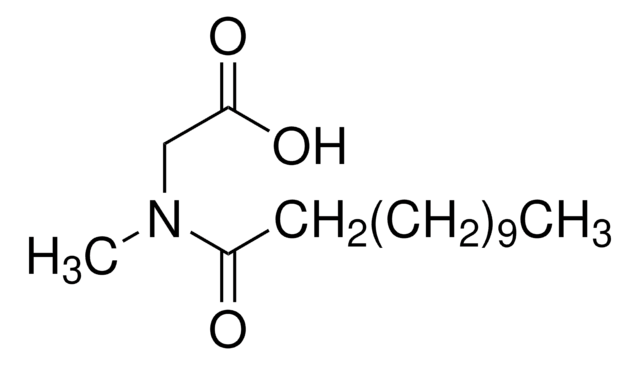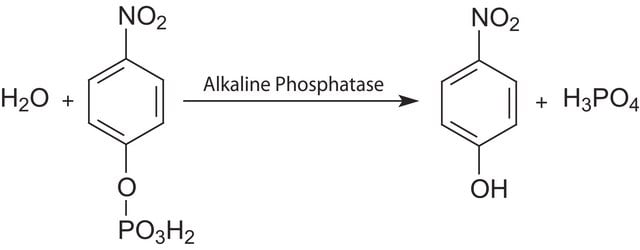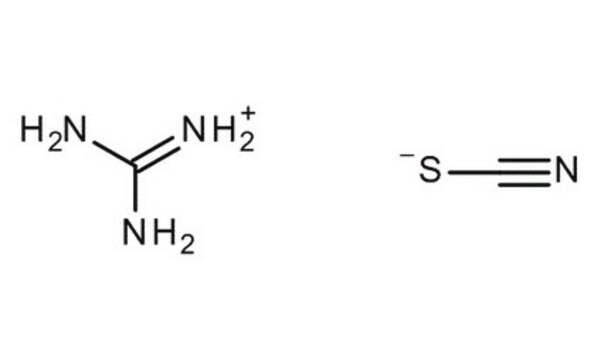L9150
N-Lauroylsarcosine sodium salt
detergent for use in cell lysis
Synonym(s):
Sodium lauroyl sarcosinate, N-Dodecanoyl-N-methylglycine sodium salt, Sarkosyl NL
About This Item
Recommended Products
grade
for molecular biology
Quality Level
description
anionic
product line
BioReagent
Assay
≥94%
form
powder
mol wt
micellar avg mol wt 600
aggregation number
2
technique(s)
protein purification: suitable
protein quantification: suitable
CMC
14.6 mM (20-25°C)
solubility
H2O: 100 mg/mL, clear to slightly hazy, colorless to faintly yellow
foreign activity
DNase, RNase, none detected
storage temp.
room temp
SMILES string
[Na+].CCCCCCCCCCCC(=O)N(C)CC([O-])=O
InChI
1S/C15H29NO3.Na/c1-3-4-5-6-7-8-9-10-11-12-14(17)16(2)13-15(18)19;/h3-13H2,1-2H3,(H,18,19);/q;+1/p-1
InChI key
KSAVQLQVUXSOCR-UHFFFAOYSA-M
Looking for similar products? Visit Product Comparison Guide
General description
This amino acid-type anionic surfactant, also recognized as a fatty acid amide and detergent, exhibits protein denaturant potency and has been integrated into lysing solutions, such as the cornet assay. Its application extends to lysing protoplasts for chromosomal DNA isolation from Streptococcus mutans. Notably, Lauroylsarcosine Sodium Salt, characterized by its ionic detergent properties, is commonly employed for purifying membrane proteins. Additionally, Sodium Lauroyl Sarcosine also plays a crucial role in concentrated salt solutions, facilitating cell lysis in RNA purification protocols and membrane solubilization. Whether it′s breaking down cell structures or facilitating membrane protein purification, this mild surfactant proves valuable in various applications within the realms of biology and biochemistry.
Application
- solubilization and separation of membrane proteins
- lysis of cells during the isolation of RNA
- inhibition of hexokinase
Features and Benefits
- Suitable for Molecular Biology, Biochemical and Cell Biology research
- Can be used for Protein Purification and Quantification
- High purity product for research applications
Other Notes
comparable product
Signal Word
Danger
Hazard Statements
Precautionary Statements
Hazard Classifications
Acute Tox. 2 Inhalation - Eye Dam. 1 - Skin Irrit. 2
Storage Class Code
6.1A - Combustible acute toxic Cat. 1 and 2 / very toxic hazardous materials
WGK
WGK 1
Flash Point(F)
512.6 °F - closed cup
Flash Point(C)
267 °C - closed cup
Personal Protective Equipment
Choose from one of the most recent versions:
Already Own This Product?
Find documentation for the products that you have recently purchased in the Document Library.
Customers Also Viewed
Our team of scientists has experience in all areas of research including Life Science, Material Science, Chemical Synthesis, Chromatography, Analytical and many others.
Contact Technical Service







